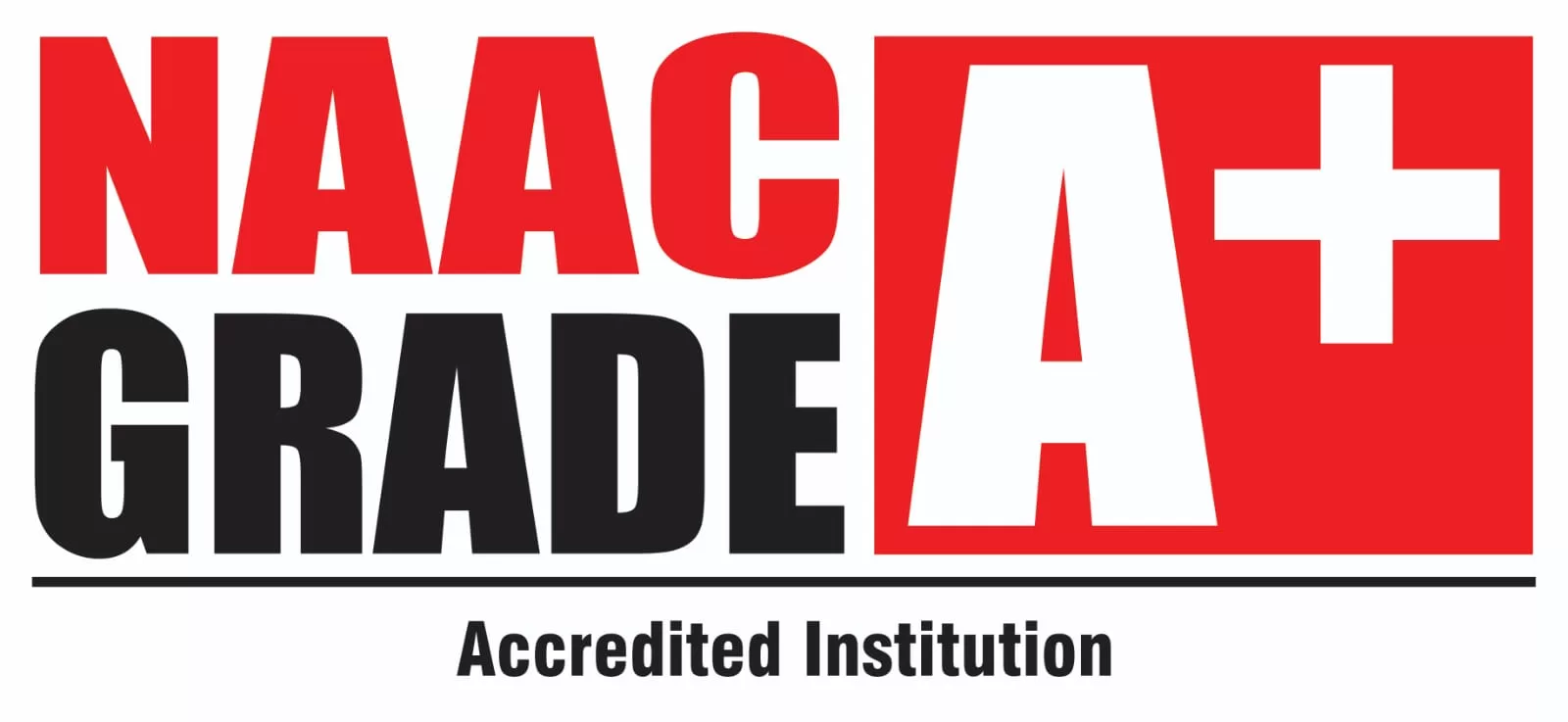

Labs
Electronic Devices & Circuit - I And II
The objective of this laboratory is to understand the concepts, working and characteristics of Different Diodes, BJT and FET Transistors, amplifiers and compensation techniques of transistors. Electronic Devices and Circuits Laboratory Manual covers those practical oriented electronic circuits that are very essential for the students to solidify their theoretical concepts. This Manual provides a communication bridge between the theory and the practical world of electronic circuits. The knowledge of these practicals is very essential for engineering students.
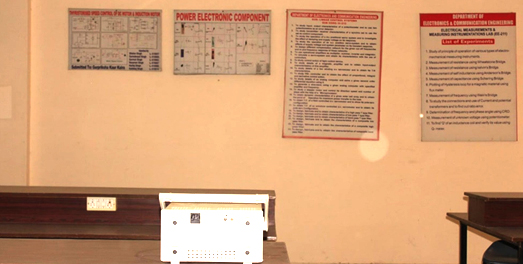
Digital Electronics Lab
Digital Electronics deals with the requirements of the latest world, which is entirely based on the concept of digitization for its basic needs. This also forms an important part of the curriculum of Electronics Engineering. The Digital Electronics Lab in the institute comprises various advanced digital kits that serve as an aid for the students to develop a keen & clear understanding of the subject. With the help of the apparatus available in this laboratory, a student can closely understand the working of various Digital GATES, devices and circuits. After going through all the experiments of this lab, a student will be thorough with all the minute concepts of Digital Electronics.
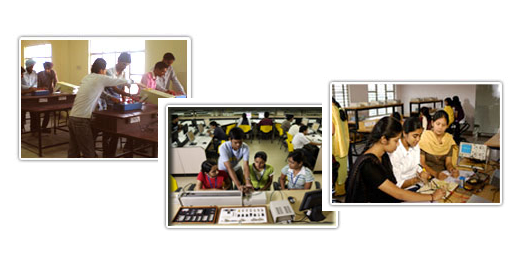
OOPS Lab
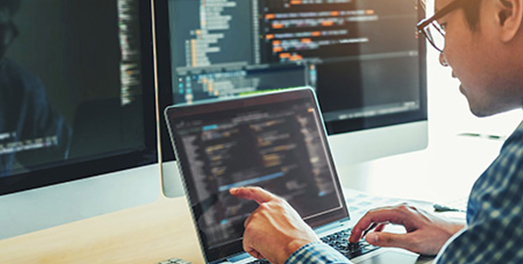
Object-Oriented Programming lab has been designed for C, C++ and Java programming. This lab has been set up with the purpose of enhancing the programming skills of students which makes them proficient in the art of programming. The lab is equipped with the latest configuration PCs. Besides lab equipment, the lab is equipped with a laser printer and LCD projector.
Analog Communications System Lab
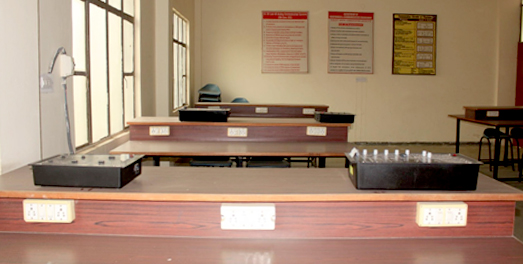
These laboratories serve in teaching students electronic measurements, electronic circuit construction, analysis and design at an introductory level. The laboratory comprises various student workbenches. Each feature state of the art test and measurement equipment and high-performance PCs loaded with related software packages like MULTISIM.
Microprocessor Lab
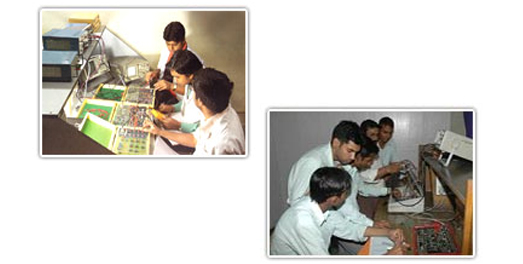
The purpose of this laboratory is to train the students to be familiar with the software and hardware of microprocessors and microcontrollers so that they can gain enough experience to meet the demand of the microprocessor era. The laboratory is mainly equipped with 15 sets of 8085, 8086, microprocessor, ARM Microprocessors, microcontroller trainer kits and their peripherals, personal computers and measuring instruments. In each set, a parallel I/O board, a pressure/strain gauge card, a temperature sensor card and a stepper motor are present in order to teach students how to integrate various hardware with microprocessors. All PCs are equipped with various software development tools such as assemblers, compilers and simulators and have an internet connection.
Digital Signal Processing Lab
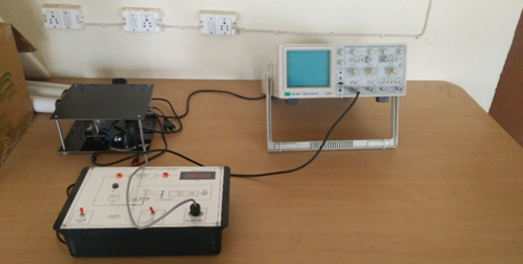
The objective of the laboratory is to enable the students to simulate and experiment with digital signals and systems and apply the theory they have studied in the DSP course. Students can implement digital signal processing algorithms using different computational platforms and DSP tools. They can critically analyze the behavior of their implementation, and observe the specific limitations inherent to the computational platform and tools. The laboratory combines both hardware and software facilities. The DSP lab is equipped with 35 sets of personal computers, oscilloscopes, Texas Instruments DSP cards, signal generators, digital millimetres and spectrum analyzers. The software used includes Code Composer Studio, C++, etc.
Linear Integrated Circuits Lab
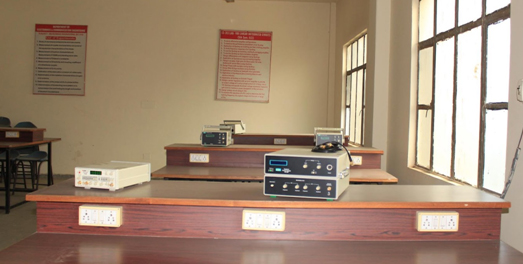
The objective of the laboratory is to aware the students of the applications of op-amp as summing, scaling, averaging, instrumentation amplifiers, saw-tooth generator, zero-crossing detector and Schmitt trigger. Also, students will be able to studythe design of the delay circuit using 555 timer and design a series regulator.
Microwave Engineering Lab
The objective of the laboratory is toknow about the behavior of microwave components and students will be able to practice microwave measurement procedures, coupling and directivity of direction couplers, insertion loss, isolation of a three-port circulator, the Q of a resonant cavity, V-I characteristics of GUNN diode, the radiation pattern of Horn Antenna. Along with this, another important experiment on VSWR, insertion losses and attenuation of a fixed and variable attenuator, Characteristics of reflex Klystron and determine its tuning range.
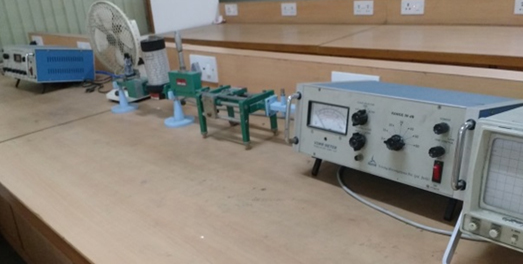
Microcontroller Lab
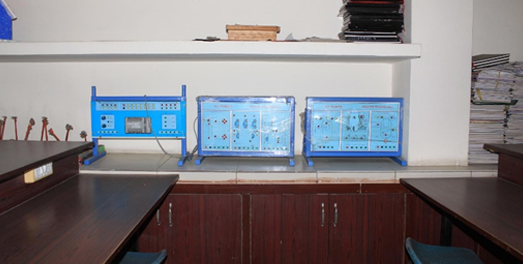
The objective of the laboratory is to familiarise students with 8051 Microcontroller kits. Also, students will be able to learn how to write a program to add two numbers lying at two memory locations and display the result, multiplication of two numbers lying at memory location and display the result, to arrange 10 numbers stored in a memory location in Ascending and Descending order, show the use of INT0 and INT1, Flashing LED connected to port 1 of the Micro Controller, generate a Ramp waveform using DAC with microcontroller. Apart from these all, one of the most important concepts is the interfacing of high-power devices to Micro-controller port-lines, LED, relays and LCD also being taught by teachers.
Digital Communication Lab
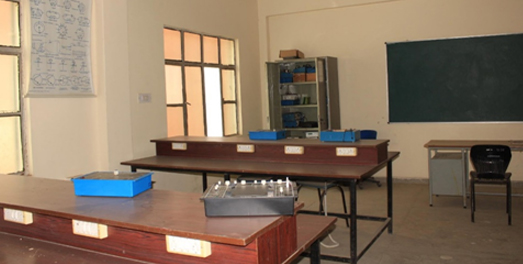
The objective of the laboratory is to study of Time Division Multiplexing system, Study pulse code modulation and demodulation, Study delta modulation and demodulation and observe the effect of slope overload, Study pulse data coding techniques for various formats, Data decoding techniques for various formats, Study of amplitude shift keying modulator and demodulator, Study of frequency shift keying modulator and demodulator, Study of phase-shift keying modulator and demodulator. Along with this, students will be able to learn more aboutDigital link simulation: error introduction & error estimation in a digital link using MATLAB (SIMULINK)/ communication simulation packages.
VLSI Design Lab
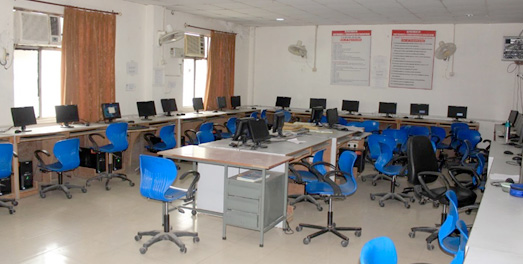
The main theme of this laboratory is to familiarize students with the design of basic Gates: AND, OR, NOT, Design of universal gates, Design of 2:1 Mux using other basic gates, Design of 2 to 4 Decoder, Design of Half-Adder, Full Adder, Half Subtractor, Full Subtractor, Design of 3:8 Decoder, Design of 8:3 Priority Encoder, Design of 4 Bit Binary to Grey code Converter, Design of 4 Bit Binary to BCD Converter using sequential statement, Design an 8 Bit parity generator (with for loop and Generic statements), Design of 2,s Complementary for the 8-bit Binary number using Generate statements.

